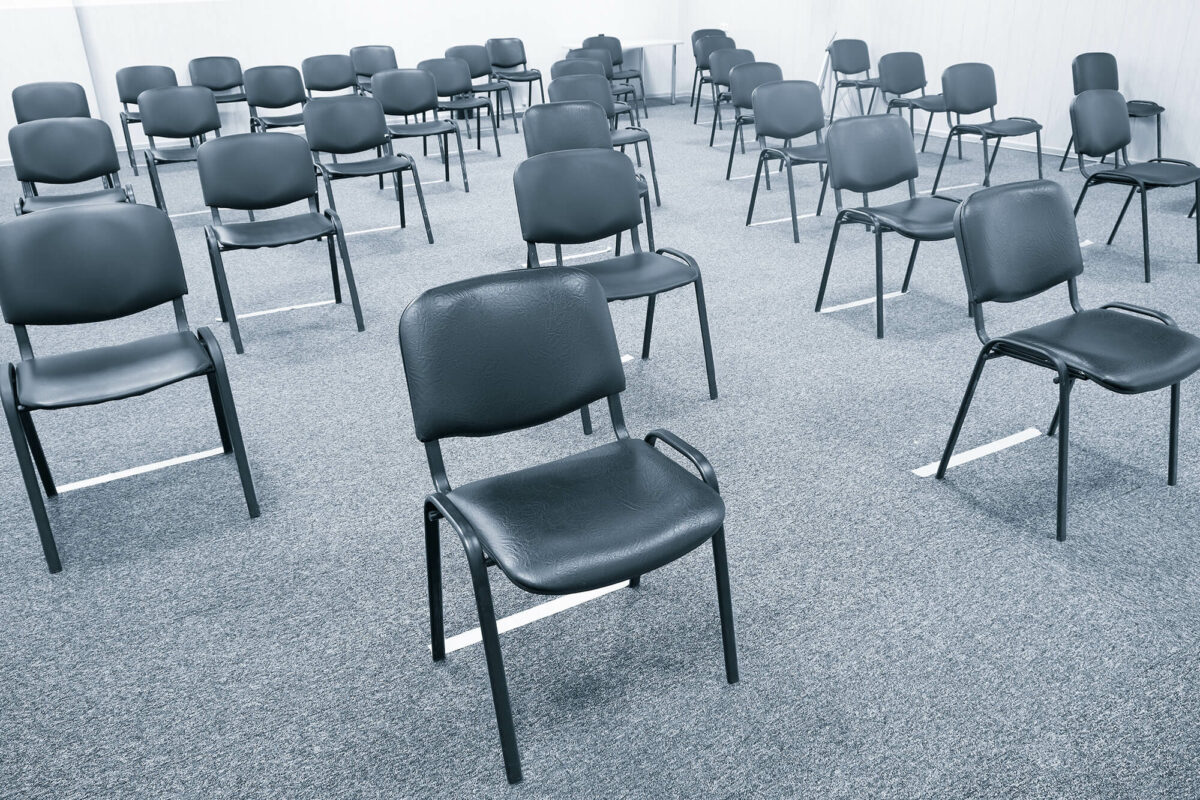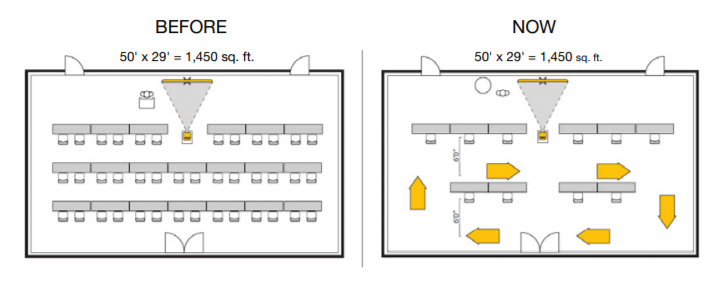For many a marketer, a significant portion of their budget and plan for 2020 was altered with the cancelation of in-person events in Q2 and beyond. Some have successfully pivoted to virtual platforms or smaller online roundtables, while for others, an entire quarter (if not year) of pipeline has all but disappeared. Unfortunately, there isn’t a way to retroactively make up for the lost opportunities. However, there are ways to prepare for when we resume attending and hosting in-person gatherings.
Ansira’s Experiential Marketing team works with clients in technology, automotive, and consumer packaged goods (CPG) to ensure their events – at the global and local level – are successful. Today, the team is helping clients rethink their current event structure while preparing them for the future of in-person events to address the concerns and mindsets of attendees, exhibitors, event staff, and clients.
It really boils down to two key components:
- Increasing safety standards across the board
- Communicating the increased safety standards effectively
At this point, most of us have a basic grasp of safety standards and protocols as it relates to shopping, dining out, or visiting a local park. With events now, we must use these basic standards as a starting point and exceed them. As the lead partner in executing events for clients, we are not only responsible for ourselves, but also attendees, on-site staff, and the reputation of our clients. No aspect of an event should remain as is; a deep dive into every component of the event is needed to ensure success.
Across the entire event experience, the following on-site changes will become the norm for the foreseeable future:
- New On-site Event Standards
- Hand sanitizing stations throughout
- Frequent cleaning and disinfecting, especially in high-touch areas including chairs, tables, microphones, and podiums
- Social distancing at registration, in ballroom spaces, and in meeting room spaces, with additional options to:
- Reduce total number of live attendees
- Extend event across multiple days to accommodate fewer attendees at one time
- An eye towards outdoor options associated with venues
- Staggered session start times to limit traffic in communal areas and allow for disinfecting between sessions
- Grab-and-go (boxed) meals
- Single–serve beverage options
Source: https://congresmtl.com/pdf/Palais_hybrid.pd
Communicating Standards and Protocols
As with most things, communication is key. We need to instill confidence that all measures have been taken to ensure the safest environment possible for everyone on site. After all, a great safety plan does not work if no one knows about it. Communication will include both digital and physical assets and considerations for pre-event, during event, and post-event processes with emphasis on pre-event communications to set the expectations and protocols that will be in place.
- Pre-event: Communications to reiterate procedures, timelines, and registration requirements
- During-event: Signage in key areas as reminders of where to find sanitizing stations, reminders of protocols (eg. “the six-foot rule”), session locations, and event assistance and information
- Post-event: safety procedure surveys sent to attendees will allow for collecting data on efficiency of the measures taken, areas for improvement, and overall sentiment of the attendees about safety measures
Incorporating Digital or Virtual Technologies
Now that many events have changed to digital or virtual platforms, and we have shifted to attending these experiences online, this has turned into an expectation. When we make the eventual return to live events, they will almost always have some sort of digital component. We will be expected to offer the options for live streaming, on-demand content, or hybrid experiences. What was formerly a recommendation to our clients, will now become the standard going forward.
The good news is that most event venues have already incorporated many of these suggestions into their SOPs. Many are even offering hybrid event services as an option with the Audio/Visual orders. It is our due diligence as event planners to manage the venue’s protocols and hold them accountable for our expected high level of event execution.
Again, people will attend live events and are looking forward for to doing so when the time is right, but they will proceed with caution. By increasing space, adding opportunities for escalated cleanliness, including message points in highly visible areas, and incorporating digital or virtual aspects into the program, we can elevate the overall experience from what was before, while instilling confidence and increasing attendance. If we can help you plan for your next event, please reach out as we’d be happy to help.


